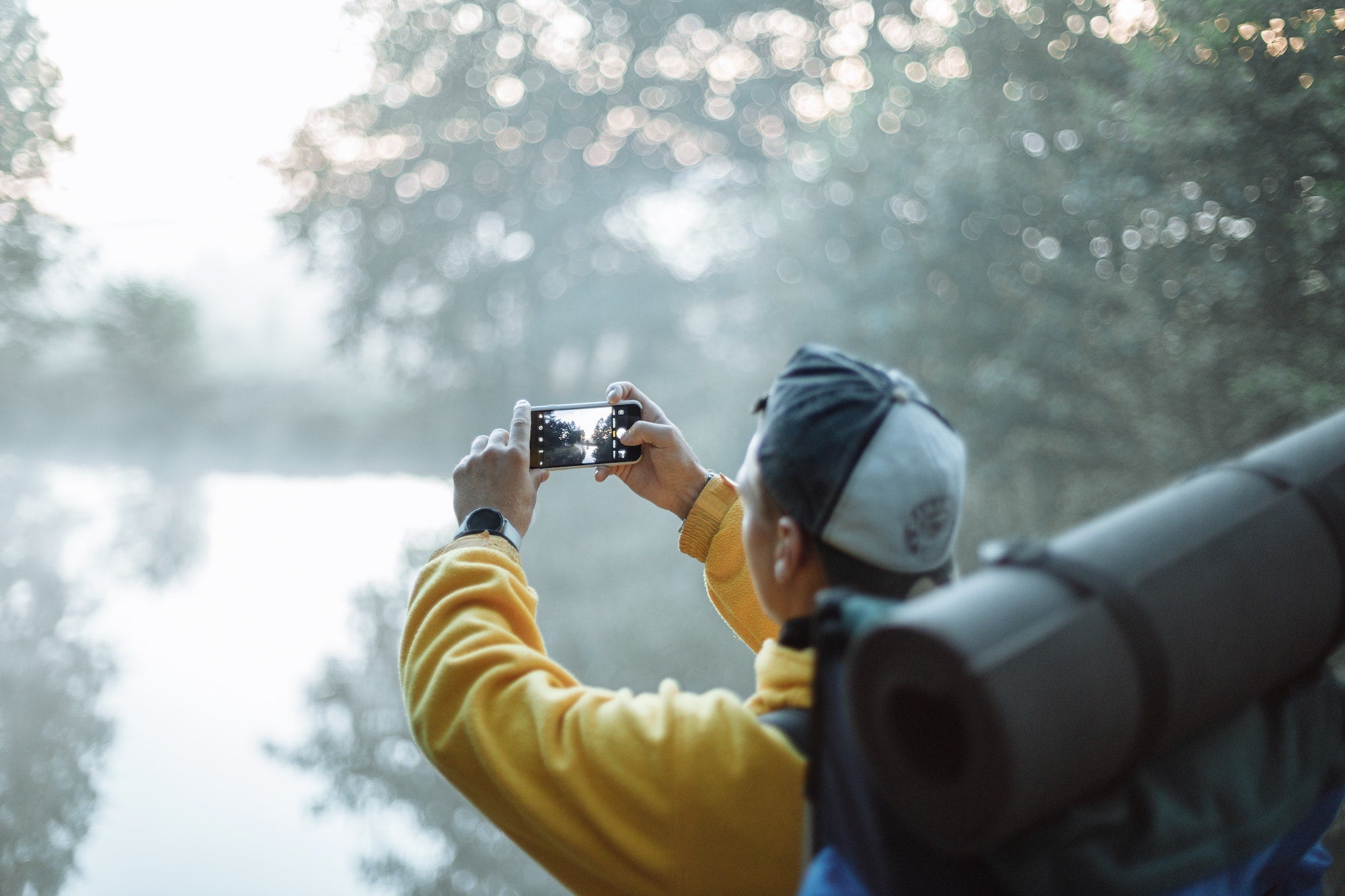Taking pictures of a solar eclipse with a cellphone camera requires careful planning and execution to ensure both the safety of your eyes and the protection of your camera's lens. Here's a detailed guide on how to do it safely:
Understanding the Risks
1. Eye Safety: Looking directly at the sun, even during an eclipse, can cause permanent eye damage or blindness.
2. Camera Damage: Direct sunlight can damage the camera sensor.
Preparations
1. Research: Understand the phases of the eclipse and timings for your location.
2. Equipment Check: Ensure your phone's camera is in good working condition.
Safety Equipment
1. Solar Filters: Purchase a certified solar filter or eclipse glasses. These are essential for direct viewing and photographing of the eclipse.
2. Tripod: A tripod stabilizes your phone, reducing blurriness.
3. Remote Shutter Release: This helps avoid shaking the camera when taking pictures.
Setting Up
1. Attach the Solar Filter: Securely attach the solar filter to your phone's camera. Do not remove it until the eclipse is in the totality phase (if applicable).
2. Positioning: Set up your tripod and phone in a stable location with a clear view of the eclipse.
3. Focus and Exposure: Manually focus on the sun and adjust exposure settings. Auto-focus and auto-exposure might struggle with the brightness of the eclipse.
During the Eclipse
1. Partial Phases: Keep the solar filter on during the partial phases of the eclipse.
2. Totality: Only during the totality phase (when the moon completely covers the sun), it's safe to remove the filter. This phase lasts only a few minutes.
3. Photographing: Use the remote shutter release to take pictures to avoid shaking.
4. Monitor Your Phone: Prolonged exposure to the sun can cause your phone to overheat. Monitor its temperature.
Additional Tips
1. Practice Shots: Take practice shots on days leading up to the eclipse to familiarize yourself with your camera settings.
2. Use Apps: Some apps are designed to help photograph eclipses. They can assist with timing and exposure settings.
3. Battery and Memory: Ensure your phone has enough battery life and memory space.
4. Backup Plan: Have a backup plan in case of technical issues or bad weather.
5. Enjoy the Moment: Remember to take some time to enjoy the eclipse with your own eyes (with eclipse glasses on during partial phases).
Post-Eclipse
1. Review and Edit: Review your photos and use photo editing software to enhance them.
2. Share Your Experience: Consider sharing your eclipse photos and experience on social media or with local astronomy groups.
Safety Reminder
- Never look at the sun through your phone's camera without a solar filter. The concentrated sunlight can damage your eyes.
- Be aware of your surroundings. Don't let the excitement of the eclipse distract you from traffic or other hazards.
Conclusion
Photographing a solar eclipse with a cellphone camera can be a rewarding experience if done safely and with the right preparation. By following these detailed steps, you can capture this celestial event while protecting yourself and your equipment.



Share:
Understanding Fire Regimes
Lessons Learned from the Mount St. Helens Eruption of 1980